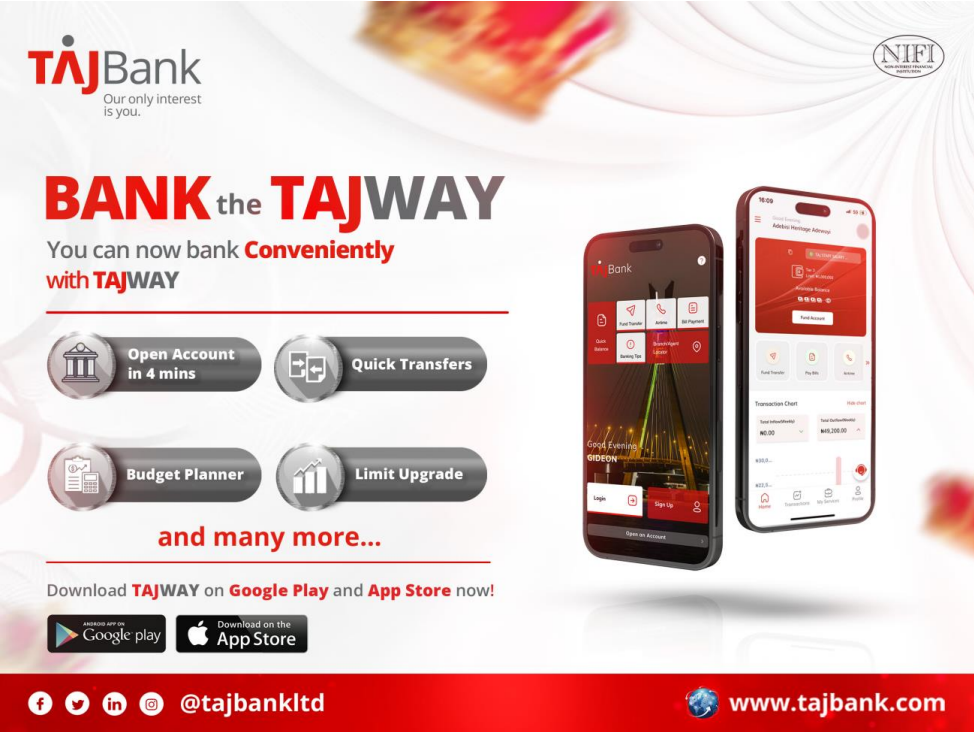by Niyi Jacobs
When Fatima Suleiman, a federal civil servant in Abuja, fell ill earlier this month, she expected her National Health Insurance card to take care of her basic lab tests and medical consultations. Instead, she was asked to pay over N15,000 out-of-pocket at a government-owned hospital. “They told me the plan no longer covers the tests and drugs I needed,” she said in disbelief. “I was shocked. What’s the point of insurance if I still have to pay everything myself?”
Fatima’s situation is becoming increasingly common. Across the country, thousands of Nigerians—low-income workers, market women, artisans, and even federal employees—are finding that their health insurance cards no longer guarantee them access to medical care. From private hospitals in Lagos to public clinics in Kano, more insured patients are being forced to pay for routine services they thought were covered.
This growing trend exposes a deeper structural problem in Nigeria’s health insurance system. There is a widening gap between what insurance plans promise and what hospitals can realistically provide. Rising inflation, outdated payment structures, and delayed payments from Health Maintenance Organizations (HMOs) are undermining the system. As a result, many healthcare facilities, already operating under intense financial pressure, are either rejecting certain insurance plans outright or significantly reducing the services offered to insured patients.
Experts say the system is suffering from a misguided emphasis on expanding enrolment and keeping premiums low, while neglecting the quality and sustainability of services. According to Dr. Ojo Sikiru, a public health physician in Lagos, “The system prioritized access, getting more people enrolled, but ignored the rising cost of healthcare and what providers actually need to stay afloat. We’re now paying the price.”
Under the National Health Insurance Authority (NHIA), HMOs are tasked with managing enrollees’ care on fixed budgets. Although the NHIA recently increased capitation payments to healthcare providers per patient by 93% and raised the fee-for-service rate by 378%, many hospitals insist that these revisions still fall short. With inflation eroding the value of these payments and the cost of drugs, medical equipment, and operations surging, hospitals are faced with two difficult options: absorb the financial losses or refuse to accept patients under affected plans.
The result is a silent breakdown of Nigeria’s health insurance promise. In some cases, entire HMOs have been blacklisted by hospitals. In others, healthcare providers have adopted coping strategies, such as limiting insured patients to certain days or providing only basic consultations, withholding essential drugs, lab tests, or specialist referrals. “Some hospitals now say, ‘insurance patients only on Tuesdays,’ or they give you fewer drugs than needed. It’s a two-tier system: cash patients get full care, insured patients get leftovers,” Dr. Ojo explained.
Nigeria still relies heavily on out-of-pocket spending, with more than 70% of total health expenditure borne directly by individuals. The failure of the insurance system risks undoing years of progress in healthcare reform and could widen the gap in access, especially for vulnerable populations.
Part of the issue stems from a system that was designed to appear functional on paper but falters in real-world implementation. The NHIA mandates public sector employers to contribute 3.25% of an employee’s consolidated salary, while employees pay 1.75%, creating a total contribution of 5%. In the private sector, employers are expected to contribute 10% and employees 5%, totaling 15% of the basic salary. While these figures suggest a workable funding structure, the actual delivery of care remains deeply flawed.
Private hospitals, in particular, are increasingly withdrawing from the system. Many now refuse to accept certain HMOs altogether or drastically limit the services they offer to insured patients. The low and often delayed reimbursements simply cannot sustain their operations. This dissatisfaction is not limited to private hospitals. Public facilities are also under immense strain. Rosemary Daniel, a matron at a public hospital in Lagos, said her facility is under pressure to meet patient expectations with inadequate funding. “People come in angry, expecting free care because they have insurance cards. But the truth is, our pharmacy shelves are half empty, and we can’t run tests without diesel for power,” she said.
In emergency cases, she explained, the hospital sometimes treats patients and bills them later, a practice that frequently leads to tension between patients and healthcare workers.
Adding to the complexity is a structural flaw in the NHIA model: the mismatch between capitation payments and enrollee volumes at primary care facilities. Dr. Lekan Ewenla, CEO of Ultimate Health HMO, described how low enrollee numbers can make the insurance model unviable for providers. Under the system, primary healthcare facilities are considered the first level of risk managers and receive 65% of the capitation, which is a fixed monthly amount of N1,450 per enrollee. But the model assumes each facility will serve at least 2,500 enrollees. In reality, many are assigned far fewer—sometimes as low as 1,400—making the financial risk unbearable.
“If a facility is only managing 1,400 people instead of the recommended 2,500, it becomes difficult to bear the risk reasonably,” Dr. Ewenla said. “The money may look adequate on paper, but when the volume isn’t there, it quickly becomes inadequate.”
He illustrated this with a scenario: “Let’s say you have just 10 enrollees attached to a facility, and one of them comes in for treatment. That one patient alone may consume the entire monthly capitation meant for all 10 people, which is N14,500. At that point, the facility is already operating at a loss.”
To ease the burden, the government also increased the fee-for-service rate—used to cover services not included under capitation—from N241 to N700 per visit. However, Dr. Ewenla maintains that this alone is not enough. Sustaining the system depends not only on increasing reimbursement rates but also on ensuring that enrollee volumes are adequate to spread risk.
Despite publicized health reforms and announcements of more funding and digital transparency, experts say the problem goes beyond the amount of money disbursed. It lies in how efficiently the funds are used, how promptly they reach providers, and whether periodic tariff reviews reflect current economic conditions.
In 2024 alone, the federal government disbursed N23.92 billion to NHIA. In the fourth quarter of the same year, an additional N12.9 billion was released through the Basic Health Care Provision Fund to the NHIA and its partner agencies. While these figures appear substantial, their impact on healthcare delivery has been uneven. Hospitals still struggle with inadequate funding and poor reimbursement timelines.
Dr. Ifeanyi Okey, who runs a small clinic in Benin, said they have been forced to reduce the number of HMOs they work with from over ten to just two. “Many of the others owe us for months, and the tariffs are from another era,” he lamented. “How do we pay our doctors, our nurses, our rent?”
Many clinics like his now offer only minimal care under insurance plans, referring patients elsewhere for anything more complex. The broader consequence is that patients are once again being pushed back into the cycle of catastrophic health spending, undermining the very purpose of the insurance scheme.
If Nigeria’s national health insurance programme is to survive, urgent reforms are needed. These must address not just enrolment targets but service quality, fair and timely provider reimbursement, realistic economic modeling, and system-wide accountability.
Until then, people like Fatima Suleiman—and millions of other Nigerians—will continue to be insured in name only, but uncovered in practice.














